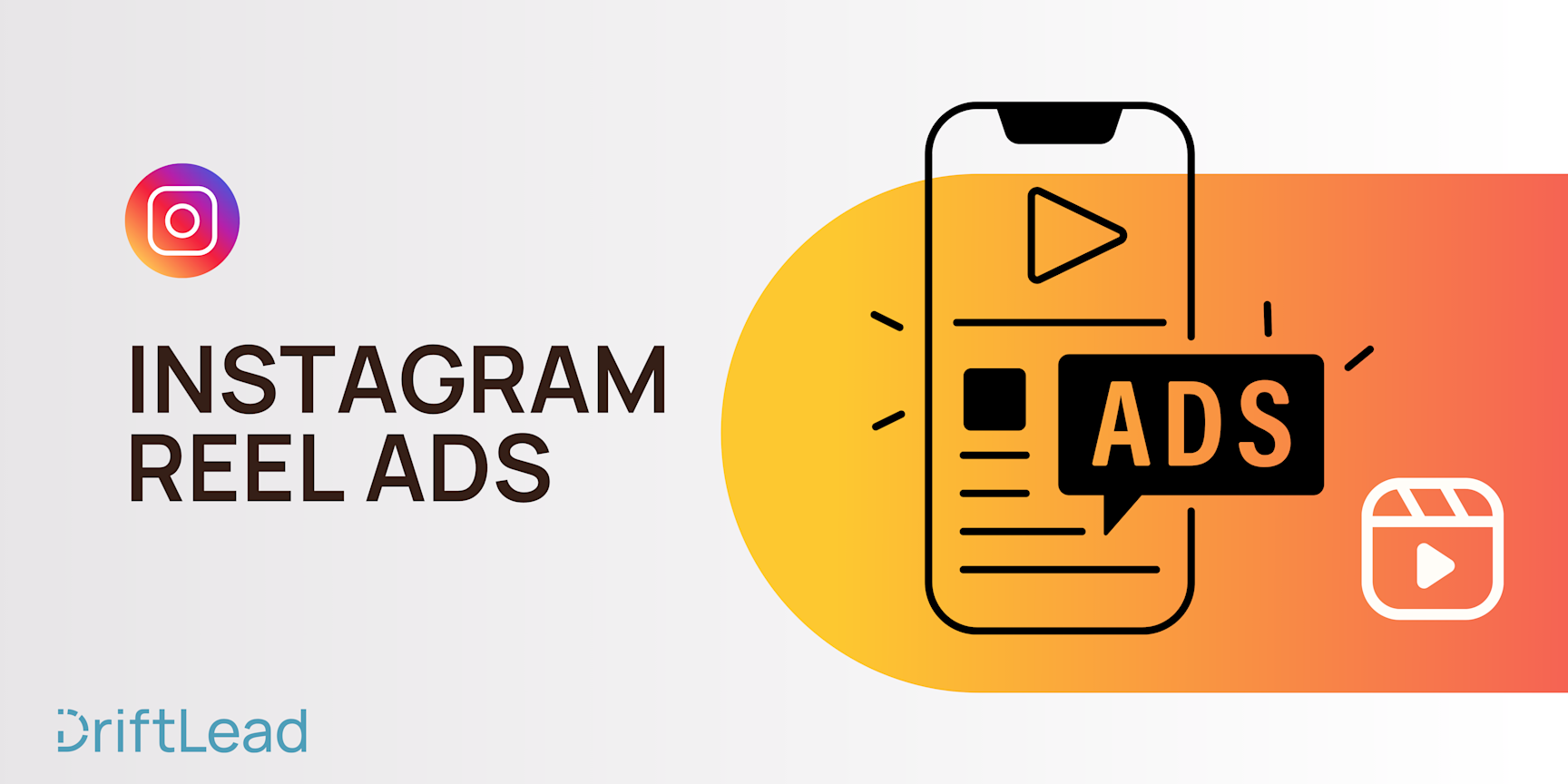Average Conversion Rates by Channel: Instagram, Facebook, Google and More
28 Apr, 2023
Discover average conversion rates by channel, including Instagram, Facebook, Google, and more. Learn effective strategies to improve your conversion rates and optimize your digital marketing efforts. Boost your business growth with data-driven insights.

Jump to:
#advertising
Hop on our weekly newsletter train! We're sharing tips so stellar, we're practically job-threatening ourselves!
In today's highly competitive digital landscape, businesses must clearly understand their marketing efforts to make informed decisions and allocate their budgets effectively. One of the key metrics that decision-makers and marketing managers need to be aware of is the conversion rate. A strong grasp of average conversion rates for different marketing channels, such as Instagram, Facebook, and Google, can help businesses optimize their campaigns and ultimately improve their bottom line.
This blog post aims to provide an overview of the average conversion rates by channel and offer actionable strategies to enhance these rates for better results. Businesses can make the most of their digital marketing efforts by combining industry benchmarks with customized tactics tailored to each platform.
Whether you're just starting or looking to refine your existing strategies, this comprehensive guide will provide the insights and tools needed to succeed in today's ever-evolving digital marketing landscape. So, let's dive in and explore the world of conversion rates, channel by channel.
What is a conversion rate?
A conversion rate is the percentage of users who take a desired action on your website or digital marketing platform. This could include making a purchase, signing up for a newsletter, or filling out a contact form. In essence, the conversion rate represents the effectiveness of your marketing efforts in driving users to complete your desired goal.
Understanding conversion rates is crucial for businesses, as it helps them evaluate their marketing campaigns' performance, identify improvement areas, and allocate resources more effectively. A higher conversion rate typically indicates a more successful marketing strategy, leading to better ROI (Return on Investment) and increased revenue.
Factors that Influence Conversion Rate
Several factors can impact conversion rates, including:
Target audience: Understanding your target audience and tailoring your marketing messages to their preferences can greatly influence conversion rates.
Landing page experience: A smooth, intuitive user experience on your website or app can help increase the likelihood of conversions.
Ad creatives and copy: Compelling ad creatives and persuasive copy can encourage users to take action and convert.
Platform algorithm: The algorithms of various platforms, such as Google or Facebook, can also affect visibility and engagement, ultimately impacting conversion rates.
Conversion Rate Benchmarks
While conversion rates can vary significantly depending on the industry, product or service, and marketing channel, having a benchmark can be helpful for businesses to assess their performance. The average conversion rate across all industries is around 2-3%. However, it is important to note that these are only general benchmarks, and businesses should strive to continuously improve their conversion rates by analyzing their own data and refining their marketing strategies.
Average conversion rates by channel
This section will explore the average conversion rates for various digital marketing channels, including Instagram, Facebook, Google, and others. Understanding these conversion rates will help you identify which platforms may be most suitable for your business and set realistic expectations for your marketing campaigns. Remember that these figures can vary depending on the industry, target audience, and marketing strategy.
It's also worth noting that because most social media efforts are more top-of-funnel and since new cookie and privacy updates have been rolled out, attribution is not cut and dry.
For our clients, we usually see the Instagram ad conversion rates hover between 1% and 3%, with consumer products at the higher end of the spectrum and B2B and high ticket items being lower.
Organic Instagram campaigns can convert fairly well also, with conversion rates averaging between 0.3 and 2.6%. However, as with any organic effort, it can take years to see the fruits of your labor pay off. We always suggest running paid social ads in conjunction with organic growth efforts and even using paid ads to accelerate your organic growth.
Facebook, the largest globally-used social media platform, offers businesses a wide range of opportunities. And it may come as a surprise to learn that Facebook ads are among the best converting in the industry, with average conversion rates ranging between 5% and 7%.
Facebook's extensive targeting options and large user base make it an attractive option for businesses looking to reach a broad audience. However, recent changes to the platform's algorithm and privacy policies might affect ad targeting capabilities and, consequently, conversion rates.
Google offers two primary marketing channels for businesses: Organic Search and Google Ads. The average conversion rate for Organic Search ranges between 2% and 3%, while Google Ads typically see a higher average conversion rate of 3.5% to 6%.
Google's massive search volume makes it a crucial channel for businesses to reach potential customers. Organic Search allows businesses to attract users through SEO efforts, while Google Ads offers targeted advertising options. However, competition for keywords and ad placements can be fierce, making it essential for businesses to optimize their strategies to achieve high conversion rates.
Other Noteworthy Channels
The average conversion rate on Twitter is generally lower, ranging from 0.5% to 1.5%. Twitter's strength lies in its ability to foster real-time conversations and engagement, which can be beneficial for businesses in certain industries.
LinkedIn's primary focus is on professional networking and B2B marketing, with average conversion rates ranging from 2% to 5%. The platform is particularly suitable for businesses targeting professionals and decision-makers in their industry.
Pinterest is a visually driven platform with an average conversion rate of approximately 1% to 2%. The platform is especially effective for businesses in industries such as fashion, home décor, and DIY projects.
YouTube
As the world's second-largest search engine, YouTube offers businesses an opportunity to engage users through video content. Average conversion rates on YouTube range from 1.5% to 3%, depending on the industry and the quality of the video content.
Strategies to improve conversion rates for each channel
In this section, we'll discuss various strategies that can help improve conversion rates for each marketing channel. By implementing these tactics, you can optimize your campaigns, increase user engagement, and ultimately drive higher conversions. Keep in mind that it's essential to continually test and refine your strategies based on data and performance to achieve the best results.
High-quality visuals: Since Instagram is a visually driven platform, invest in high-quality images and videos to capture users' attention and increase the likelihood of conversions.
Engaging captions and hashtags: Craft engaging captions that resonate with your target audience and make use of relevant hashtags to improve discoverability and reach.
Influencer partnerships: Collaborate with influencers in your niche to leverage their following and boost your brand's credibility, which can lead to higher conversion rates.
Instagram Shopping and shoppable posts: Utilize Instagram Shopping features and shoppable posts to create a seamless shopping experience for your followers, increasing the chances of conversions.
Audience targeting and segmentation: Utilize Facebook's extensive targeting options to reach the right audience and create segments based on demographics, interests, and behaviors to improve conversion rates.
Compelling ad creatives: Design eye-catching ad creatives and persuasive ad copy encouraging users to act.
A/B testing: Continuously test different ad variations, targeting options, and placements to identify the best-performing combinations and optimize your campaigns for higher conversion rates.
Retargeting campaigns: Implement retargeting campaigns to re-engage users who have previously interacted with your brand, increasing the likelihood of conversions.
Optimized landing pages: Create well-designed landing pages that are easy to navigate, provide relevant information, and include clear calls-to-action (CTAs) to encourage conversions.
Bidding strategies: Implement the bidding strategy most conducive to your conversion goals for your Google Ads campaigns, focusing on keywords with high intent and commercial value.
Ad extensions and negative keywords: Utilize ad extensions to provide additional information and enhance your ads, and employ negative keywords to prevent irrelevant clicks and improve campaign efficiency.
Tips for Other Channels
Twitter: Publish timely content and engage with users through conversations, polls, and Q&As to build brand awareness and foster relationships that can lead to conversions.
LinkedIn: Leverage LinkedIn's professional networking capabilities and B2B targeting options to reach decision-makers in your industry, improving the chances of high-quality leads and conversions.
Pinterest: Create visually appealing pins that showcase your products or services and use rich pins to provide additional information, driving users to take action.
YouTube: Produce engaging video content that captures viewers' attention and includes strong calls-to-action (CTAs) to guide users toward conversion.
Measuring and Monitoring Conversion Rates
To ensure the success of your digital marketing efforts, it's crucial to measure and monitor your conversion rates consistently. In this section, we'll discuss the importance of tracking performance, tools for measuring conversion rates, and how to adjust strategies based on data-driven insights.
Importance of tracking performance
Regularly tracking and analyzing your conversion rates allows you to:
Evaluate the effectiveness of your marketing campaigns and identify areas for improvement.
Understand the ROI of your marketing efforts and make informed decisions about budget allocation.
Identify trends, patterns, and potential issues that may impact your conversion rates.
Test and validate the impact of any changes made to your marketing strategy.
Tools for measuring conversion rates
Google Analytics: This comprehensive analytics platform provides insights into user behavior, traffic sources, and goal completions, helping you track conversion rates for your website.
Facebook Ads Manager: Monitor your ad campaigns' performance on Facebook and Instagram, including conversion rates, through the platform's built-in analytics.
Platform-specific analytics: Most social media platforms, such as Twitter, LinkedIn, and Pinterest, offer native analytics tools to track user engagement and conversions.
Third-party analytics tools: Tools like Adobe Analytics, Mixpanel, and Kissmetrics provide advanced tracking and reporting capabilities for monitoring conversion rates and other performance metrics.
Adjusting strategies based on data
To optimize your conversion rates, it's essential to make data-driven decisions and adapt your marketing strategies accordingly. Here are a few steps to help you adjust your strategies:
Identify areas for improvement: Analyze your conversion data to pinpoint underperforming campaigns, targeting options, or creatives that require adjustments.
Test new approaches: Experiment with different marketing tactics, ad variations, or targeting options to determine which perform best for your specific goals.
Monitor and evaluate results: Continuously measure the impact of any changes made to your marketing strategy and refine your approach based on the results.
Iterate and optimize: Digital marketing is an ongoing process, so continue to learn from your data, test new ideas, and optimize your campaigns for improved conversion rates.
Closing Thoughts
By leveraging these insights and employing the tactics shared, you can optimize your digital marketing efforts and drive higher conversions, leading to increased revenue and growth.
Remember, the key to success in digital marketing is continuously adapting and refining your strategies based on data-driven insights. Embrace experimentation and learn from your results to find the optimal approach for your business.
Ready to take your digital marketing efforts to the next level? DriftLead is here to help! Request a free marketing plan tailored to your business needs, and let our team of experts guide you towards maximizing your conversion rates and achieving your marketing goals. Click here to get started with your free marketing plan today!






